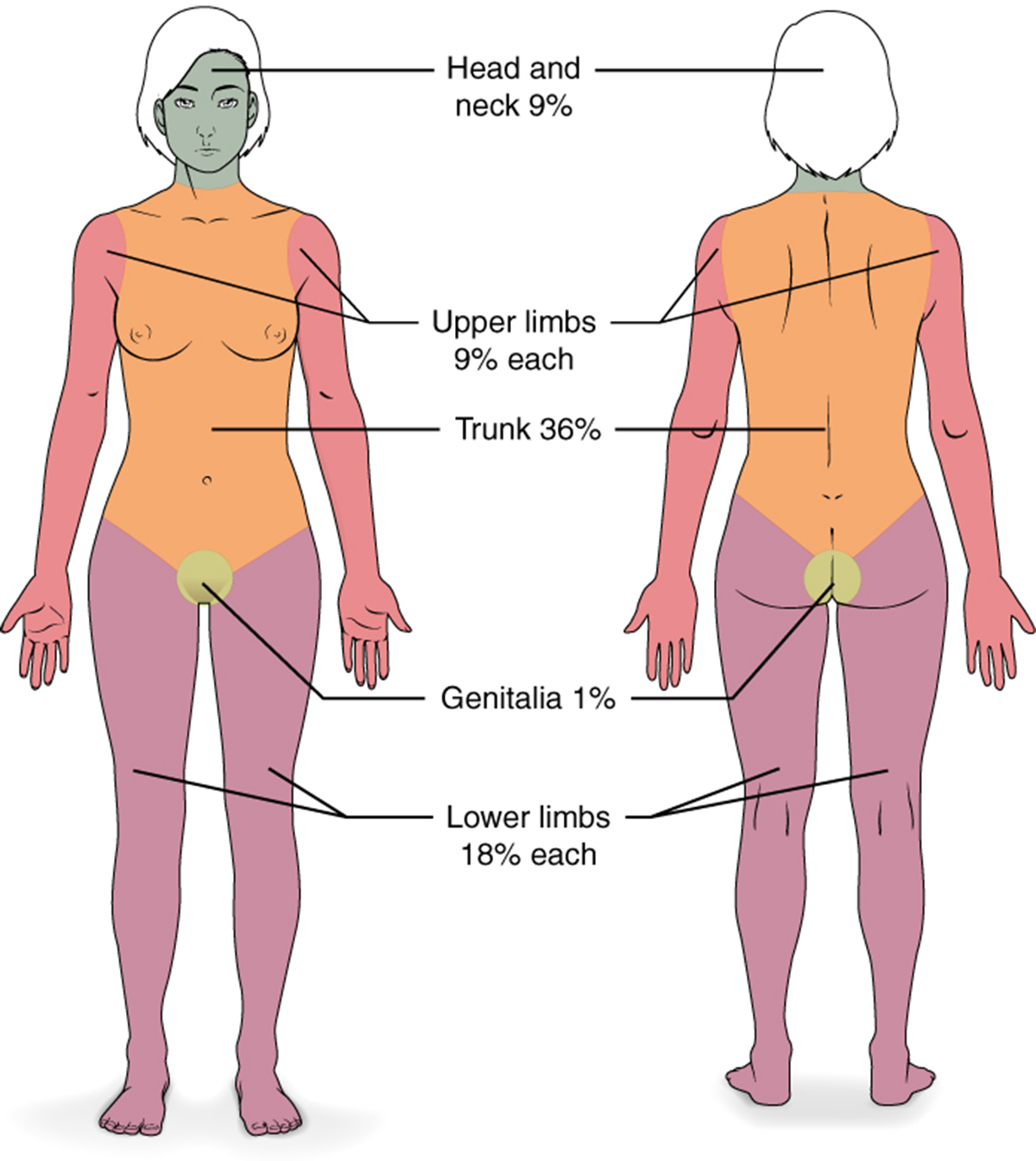
Burns are a very common thing. Some minor burns will usually heal on their own. However, always look for medical help if you experience a serious burn, because there are potential dangers of infections and scarring.
You should know that there are three different types of burns. A first degree burn affects only the epidermis of the skin, which becomes red and painful to touch. Most burns caused by too long exposure to the sun belong to this group of burns. Second degree burns are more serious. They usually affect both epidermis and dermis (deeper layer of the skin). In most cases, these burns are characterized by blisters and swelling of the skin, and can cause much more pain than the first degree burns.
The third group and the most serious of all burns are third degree burns. In this condition all layers of the skin are severely burned and the nerves are destroyed. Since there are no neurons to transmit the painful sensations, third degree burns cause no pain, but the skin is black, brown or even white in color.
There are also some 4th, 5th and 6th degree burns, and only doctors can do anything about these burns.
How to Treat Minor Burns
Burns of first or second degree and smaller than 3 inches in diameter can be treated at home, and they are usually called minor burns. The best treatment is to immerse the burn in some cold water (but not ice!) and take some pain killer. Avoid bandages, because the burn will heal much faster without it and always look carefully for any sign of infection.
What to DO with Serious Burns
Major burns are second degree burns that cover larger areas of the body or some third degree burns. Always ask for urgent medical assistance when experiencing these kinds of burns. Place the burn under some cold running water, and apply some cool wet compresses to the area, to decrease the temperature of the body for a while. Don’t remove the clothing, for it may provoke bleeding, but if possible remove jewelry and pieces of Unburned clothes.
Before dealing with the burns always make sure to wash your hands. Avoid bursting any blisters on your own.
Try to elevate the area of the body affected by the burn to be higher that the heart, because it could prevent the seriousness of the shock. Some of the shock symptoms are: nausea, weak or rapid pulse, clammy skin, disorientation or combativeness. Remember that a person experiencing shock after the burn may also be unconscious. It’s very important to be prepared for the shock and to cover the burned skin with cool and sterile bandages.


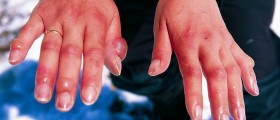
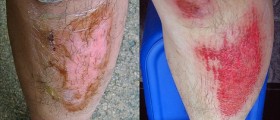
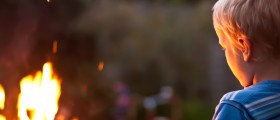
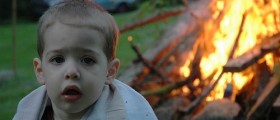
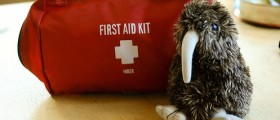
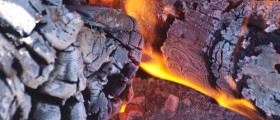


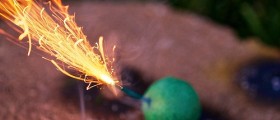

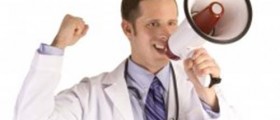
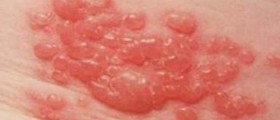
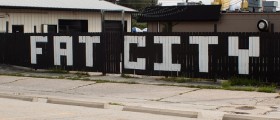
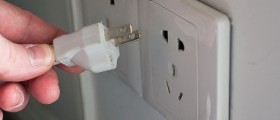
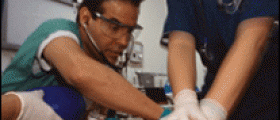
Your thoughts on this
Loading...